CH'NG Poh Tiong's column: Zuo Wang
In my last column, I criticised politics when it sinks to the level of propaganda.
One such example is when bureaucrats play around with names of places. This is a cynical way to try and change history.
So, for example, Chang’an, capital of the Han Dynasty (206 BC-220 AD), Sui Dynasty (581-618) and Tang Dynasty (618-907), had its name changed several times and finally became Xi’an at the dawn of the Ming Dynasty (1368-1644) in 1369. It was then renamed to Xijing in 1930 and then reverted to Xi’an again in 1943. It should have gone back to being Chang’an but the golden opportunity to right history was passed.
After all, there is no ‘Dong An’ (Eastern Peace), ‘Nan An’ (Southern Peace) or ‘Bei An’ (Northern Peace) that required a ‘Xi’an’. Why bother distinguishing something from others when the others do not even exist?
Apart from the change being totally unwarranted in the first place, the bureaucratic nonsense has the result of trying to re-write magnificent history.
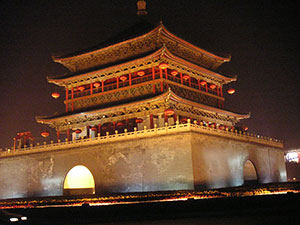
Chang’an means ‘Everlasting Peace’ or ‘Perpetual Peace’. This is not only a wonderful aspiration; it is also more poetic and beautiful sounding than Xi’an.
To make matters even worse, if you look at the map of China, Xi’an is nowhere near the west at all. Instead, Xi’an is in the centre of the country tilting to the eastern side. Before Chang’an became Xi’an, the ancient city had been a capital of 10 dynasties.
How undignified it must be, if you were a great man, to have your name changed so as to make the population forget you were once an important, mighty personality.
On the other hand, if the name had remained ‘Chang’an’, children could ask why it was called ‘Everlasting Peace’. Then, adults and teachers would be able to proudly explain that the greatest aspiration of ancient Chinese rulers was to bring peace to the lives of their people. Hearing such lofty thoughts spoken by their parents, teachers and other adults, Chinese children everywhere would always feel proud that our culture cherished peace more than anything else before it became obsessed with greed and money as seems the prime motivations today.
My friends who come from Chang’an (instead of Xi’an) would also feel justifiably proud of their illustrious birthplace.
Another change in the name of a place, this time a city rather than a capital, is Xiamen.
Originally, ‘Xia’ or ‘下’, meaning ‘Lower’, was to distinguish it from ‘上’ or ‘Upper’ or northerly China.
This was however not good enough for some low-minded bureaucrat who wanted instead to elevate ‘Xia’ to something higher. So, in 1387, it was changed to ‘厦’ which translates into something like the ‘Gate of the Grand Mansion’ ('men' meaning ‘gate’).
The original ‘Xia’ is certainly more historically accurate and informative. Except that for bureaucrats and politicians (who approve their handiwork), history means nothing. Instead of learning from history, they are more interested in re-writing it.
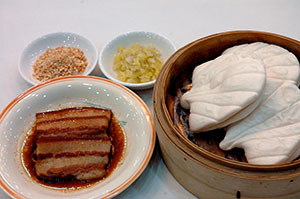
© CH
FUJIAN BRAISED PORK BUN
My father’s side of the family comes from a village called Shan Yao meaning ‘Waist of the Mountain’ in Hui’an county, north of Quanzhou city in Fujian.
It is my belief that Fujian people, not the English, were the first in the world to have invented the ‘sandwich’. The modern Western sandwich is supposed to have come about when John Montagu, the Fourth Earl of Sandwich (1718-1792), unwilling to leave the card table to take his meals, instructed his valet to put meat between two pieces of bread so that he could eat and gamble at the same time.
Fujian Braised Pork Bun has certainly been eaten before the 18th Century. Unlike ‘mantou’, which is one solid piece of dough, the bun used for Fujian Braised Pork is more flat and has a slit in the middle to hold the pork between the two flaps of the bun.
This makes it a sandwich as we know it but, of course, it could not have been named as such since the Earl of Sandwich wasn’t anywhere near Fujian when it was first eaten. (Nor, I think, would he had ordered it since he was too busy playing cards.)
The claim for Fujian notwithstanding, this Chinese ‘sandwich bun’ may actually have been influenced by another foreign source. Quanzhou was one of the greatest ports in the ancient world from the Tang Dynasty (618-907). The start of the maritime Silk Road, traders came from as far as Persia and it may be that, with their flat breads, the Persians inspired the idea for the Fujian bun.
The ideal pork to use for this dish is ‘three layered meat’ or belly pork. Sliced almost into a square, it is sandwiched in the middle of the bun.
Braised Pork Bun is not sweet like some other braised pork dishes can be. As such, it pairs easily and wonderfully with red wine. The best Fujian Braised Pork Bun is braised in a light (rather than a dark) soya sauce. It is irresistible with medium-bodied reds including Bordeaux, Cabernet Sauvignon blends, Burgundy, Pinot Noir, Cotes-du-Rhone, Chianti, Valpolicella and Rioja.
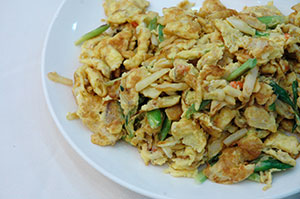
© CH
GUI HUA CRAB MEAT
Fujian has a very long coastline. Although the direct length is only 535 kilometres, if its meandering curves and turns are stretched out, it will measure more than 3,300 kilometres.
Quanzhou Port was not only the start of the maritime Silk Road with the outside world; there was also a lot of smuggling with Japan along the shores and many islands of Fujian. Interestingly, if you counted from 1 to 6 in Japanese, they sound just like 1 to 6 in the Minan dialect.
That rugged coastline and many islands are also home to lots of crabs, perhaps the favourite shellfish of Fujian cuisine which also relishes, amongst other ingredients, leeks, yams, sweet potatoes, oysters, mussels, clams, mushrooms, chestnuts and rice vermicelli.
Although Fujian cuisine is delicious, it is weak on presentation. Rather than dazzle the diner with looks, it prefers to satiate him or her with good taste. Crab species include flower and other mud crabs. The favourite mode of preparation is to steam the crustacean. Stir-frying is also popular.
Crab is also used as a supporting ingredient in some dishes, one of which is Gui Hua Crab Meat, so named because when the meat is fried with eggs, the result looks like small yellow Osmanthus flowers or Gui Hua.
A white wine dish from start to finish, great pairings for Gui Hua Crab Meat include Champagne, Riesling, Sancerre, Sauvignon Blanc, Muscadet, Chablis, white Cotes-du-Rhone, Gruner Veltliner, Soave, Frascati, Albarino, Viura and a lightly oaked Chardonnay.

Columnist Introduction
A lawyer by training, CH’NG Poh Tiong also holds a Postgraduate Certificate with Distinction in Chinese Art from the School of Oriental & African Studies, University of London. He is an Honorary Ambassador of TEFAF – The European Fine Art Fair – Maastricht. CH'NG works principally as a wine journalist and is publisher of The Wine Review, the oldest wine publication in Southeast Asia, Hong Kong and China since 1991.
Click here to read all articles by CH'NG Poh Tiong>>
- Follow us on Weibo @Decanter醇鉴 and Facebook
and Facebook for the latest news and updates -
for the latest news and updates -
All rights reserved by Future plc. No part of this publication may be reproduced, distributed or transmitted in any form or by any means without the prior written permission of Decanter.
Only Official Media Partners (see About us) of DecanterChina.com may republish part of the content from the site without prior permission under strict Terms & Conditions. Contact china@decanter.com to learn about how to become an Official Media Partner of DecanterChina.com.

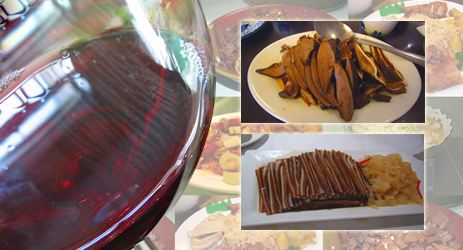
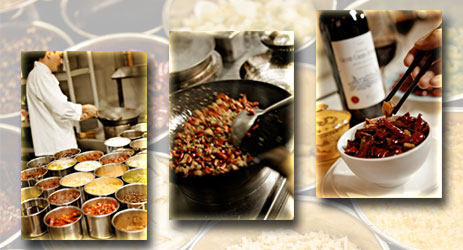
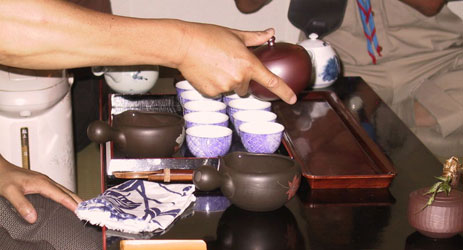
Comments
Submit